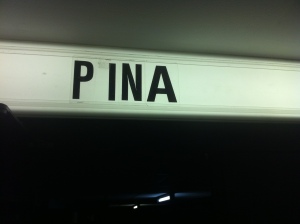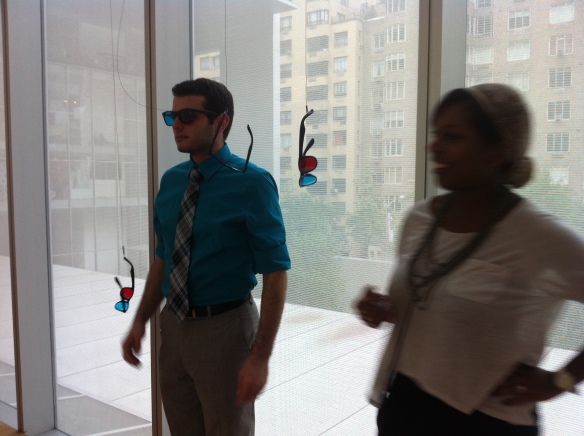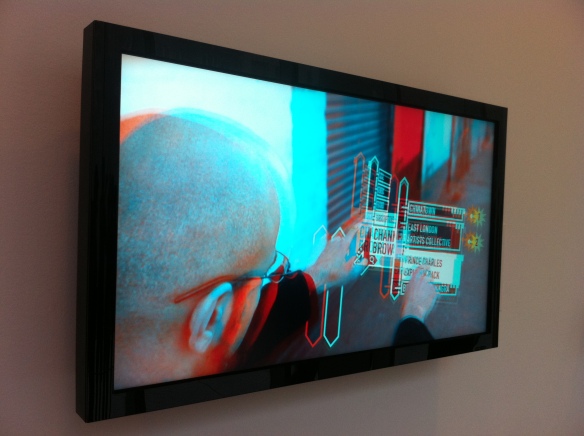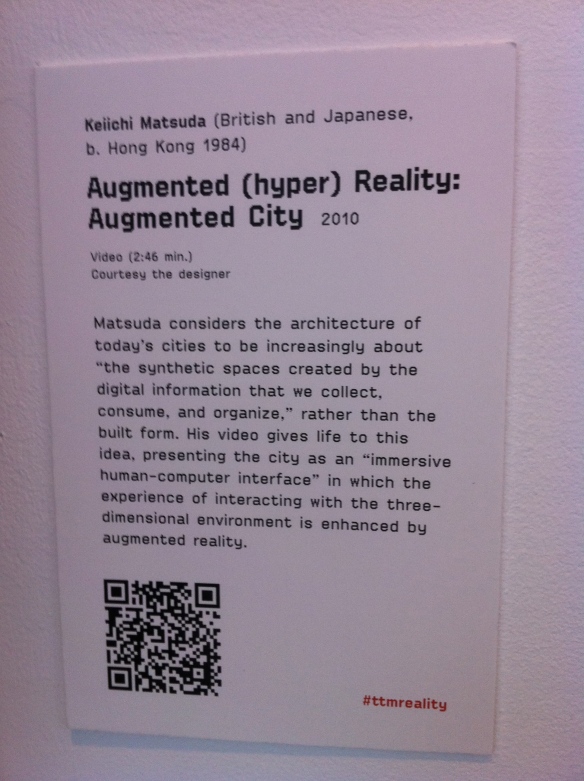My review in seven words: the film is excellent, go see it.
But I’m not here to review films. This is a blog about 3D so this post is going to be about Scorsese’s first 3D film Hugo, a new landmark in 3D filmmaking.
Martin Scorsese has made a fantastic film on at least two distinct levels. It’s a great story told beautifully. Plus it’s a turning point in filmmaking that examines another major turning point in filmmaking history with great insight and love.
 Visually it’s gorgeous, very well suited for 3D treatment. Hugo is full of dark moody interior shots that lend themselves beautifully to the low light limitations of 3D. Lush period sets, lots of steam, snow, oversized clockworks—these all work very well in 3D.
Visually it’s gorgeous, very well suited for 3D treatment. Hugo is full of dark moody interior shots that lend themselves beautifully to the low light limitations of 3D. Lush period sets, lots of steam, snow, oversized clockworks—these all work very well in 3D.
Scorsese has also mastered the art of expressive 3D close-ups. Having an incredibly talented cast certainly helps, but there is an intimacy in his technique that I haven’t seen before. It adds to the story.
Sidebar: at the showing I attended there was something funny going on with the right side of the screen, not in every scene, but many. It looked like perhaps some alignment was off. I was seated slightly to the left in the theatre, but not far enough to make a difference. It was distracting (so was the row of eight little boys loudly chewing popcorn behind me) but not enough to keep me from being completely caught up in the film.
Hugo is a story-driven film, not the effects-driven cross-merchandised product so many people have come to dread. The story is a powerful one, featuring an archetype most of us can identify with—the plucky resourceful orphan. From Dickens’ Oliver Twist and David Copperfield to Harry Potter, it’s a great formula. When you see it bring tissues.

Georges Méliès (1861 to 1938)
But there’s another very meaningful level to the film centered on Georges Méliès, an early enthusiastic pioneer of spectacular cinematic visual effects. In gorgeous and (as far as I can tell) quite accurate flashbacks Scorsese captures his delight in the new technology, the highs and lows of the business, as well as the risks of ridicule, ignominy, and obscurity.
Méliès took what was literally a sideshow gimmick and turned it into the most important storytelling tool since the invention of the printing press and moveable type. You see where I’m going with this?
This had special resonance for me. There are parallels with the artistic tribulations of 3D and I had an overwhelming sense of the historical moment—the cinema crossroads if you will—we’re at today.
Scorsese is a prominent film preservationist, cineaste, and promoter of film history—as well as one of the most respected directors of our time. His study of and respect for film history is visible in every frame. He shows the seminal L’arrivée d’un train en gare de La Ciotat or The Arrival of a Train at La Ciotat Station by the Lumière brothers—one of the first things I blogged about here. Even the film’s poster depicts little Hugo dangling from a clock hand in an homage to Harold Lloyd. With this film Scorsese now joins the ranks of Wim Wenders and Werner Herzog as pioneers elevating a lowly gimmick into a powerful storytelling tool, an art.
With every 3D film of artistic quality and integrity released the industry gains important experience and the negative stereotypes about 3D are eroded a bit more.
3D isn’t finished—it’s just getting started
Our culture is nostalgic. The good old days always seem to be behind us. Every generation believes the parade’s gone by. With Hugo we are finally seeing what 3D can do in the hands of a visionary filmmaker—from my vantage point I am increasingly convinced that the golden age of 3D film is just beginning.













